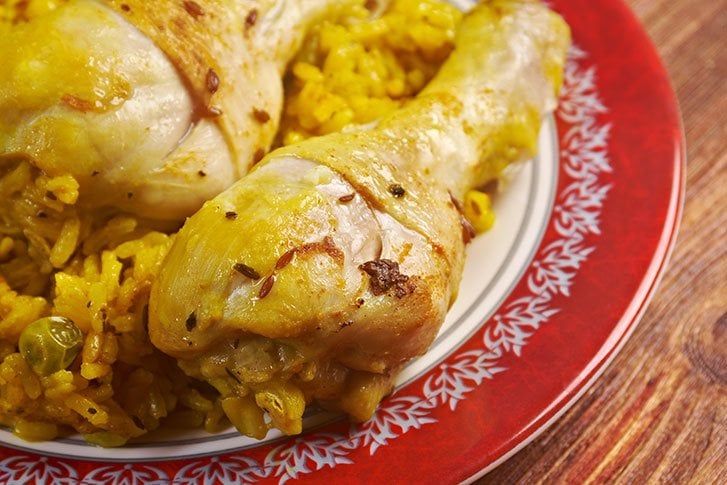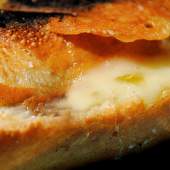Peru

Each year on July 28 and 29, the country of Peru holds its annual two-day Independence Day celebration, (or, as it’s known locally, Fiestas Patrias peruanas). This year marks the 19th anniversary of its liberation from Spanish rule and is also an opportunity to honor its armed forces and national police, plus inaugurate a newly elected President if there is one. The importance of this holiday in Peru is second only to Christmas.
Located in western South America and bordering five other countries and the Pacific Ocean, Peru is truly a land of extreme contrasts. One of the most biodiverse countries in the world, it includes the Amazon basin rain forest, the arid coastal plains region, and the Andes mountain range, and across its large area, it boasts a mind-boggling 28 different climates. (You have to wonder how Peruvians decide what to wear each morning.) This goes a long way toward explaining Peru’s vast and varied array of plant and animal life, which in turn heavily influences its cuisine…especially when it comes to potatoes, because Peru is The Land of Potatoes (known locally as “papas”).
Peru’s ancient Incas were reportedly the first to cultivate the potato there sometime between 8000 and 5000 BC. Peru is where they might have remained if the Spanish conquistadors had not come along in 1536 and brought the potato back to Europe with them, after which their popularity spread quickly. Peru’s unique growing conditions have made it ideal for the formulation of more than 3,800 varieties of potatoes, only a few hundred of which are available on the market (presumably, the ones that are not bitter and toxic). And yes, French fries and sweet potatoes are readily available there, and a wide variety of dishes that incorporate many kinds of potatoes. Interestingly, recently NASA has been in Peru testing the feasibility of cultivating these nutrient-rich spuds on Mars – think the botanist protagonist in The Martian.
Other crops that flourish in Peru are quinoa, maize (corn – many varieties, including choclo which is also used in beer), asparagus, avocados, organic coffee (a burgeoning industry), and aji chilies that are often incorporated in sauces. Helpful to the cultivation of all of these is guano, an Inca fertilizer composed of bird droppings.
Moving on from that unappetizing image, what are some of Peru’s most popular foods and libations?
- Ceviche – this is considered “Peru’s National Dish,” and no wonder – it incorporates so many elements for which the country is justly famous. Raw seafood (often trout or sea bass) is cured or marinated in citrus juice (lemon or lime) and spiced with chilies. Sides may include avocado, corn, potatoes, or quinoa. This is never heated, so it must be served fresh. You might have that with…
- Pisco Sour (“Peru’s National Drink”), Coca Sour, or a Cusquena Beer (“Peru’s National Beer”). The Pisco Sour is composed of lime, grape brandy (the “Pisco” in the title), sweet syrup, egg white, and angostura bitters. It is so popular in Peru that there is a holiday in early February devoted to it. A Coca Sour is similar, but with coca leaves substituted for the bitters (coca leaves are also used in tea and candy). Cusquena Beer is a sweet, pale, golden lager that is brewed in Lima. If you want to go the non-alcoholic route, there’s also Inca Kola (cream soda that is not strictly a cola but is now owned, ironically, by Coca-Cola!).
- Arroz con pollo – The English translation is “chicken with rice,” and it can also be made with duck (Arroz con pato). The texture of the rice can vary from a smooth risotto to a long-grained variety, and vegetables are sometimes added, especially spinach. The main spice added is cilantro, which gives it a distinctive light green color. By the way, other meats popular in Peru are beef, guinea pig (sorry), and alpaca, which is prized because it has little or no cholesterol.
-
Cherimoya – this is a tropical fruit unique to Central America – a large, green variety grown on trees with a custard-like texture. It was a favorite of Mark Twain, who called the cherimoya “the most delicious fruit known to men.” It is used in puddings, smoothies, salsas, cobblers and pies, and can also be eaten raw – just remove the seeds first.
Cherimoya - Anticucho – the Peruvian version of a kebab, made with beef hearts on bamboo skewers and marinated in a “paste” of vinegar and spices that can include garlic, cumin, cilantro, and parsley among others. It is commonly paired with corn and potatoes, and is often consumed during sports events in the capital city of Lima.
- Rocato Relleno – Serious Eats describes this dish this way: “Red aji rocoto chilies are stuffed with a cooked mix of ground beef, onions, garlic, olives, raisins, herbs, and spices, then topped with queso fresco [fresh cheese] and baked in an egg-and-milk sauce…this dish is not the stuffed bell pepper you're used to—the rocoto is a little larger than a plum with a bright, fruity, tropical berry essence and almost twice the heat of an aji amarillo (or in gringo terms, about ten times hotter than an average jalapeño).” You’ve been warned.
- Platano Frito – In plain English, these are fried sweet plantains, a tasty side dish or snack.
- Maiz Morado – A sweet and colorful dessert made from purple corn. It tastes like jam, and is a mainstay of restaurant buffets.
If you can’t find the time to travel to Peru to explore all of this, here are a few local options that were reviewed on Check, Please! – Ay Ay Picante (Albany Park), Carnivale (Fulton Market district), Tanta (Near North), and Taste of Peru (Rogers Park).
Buen provecho! (Bon appetit!)





